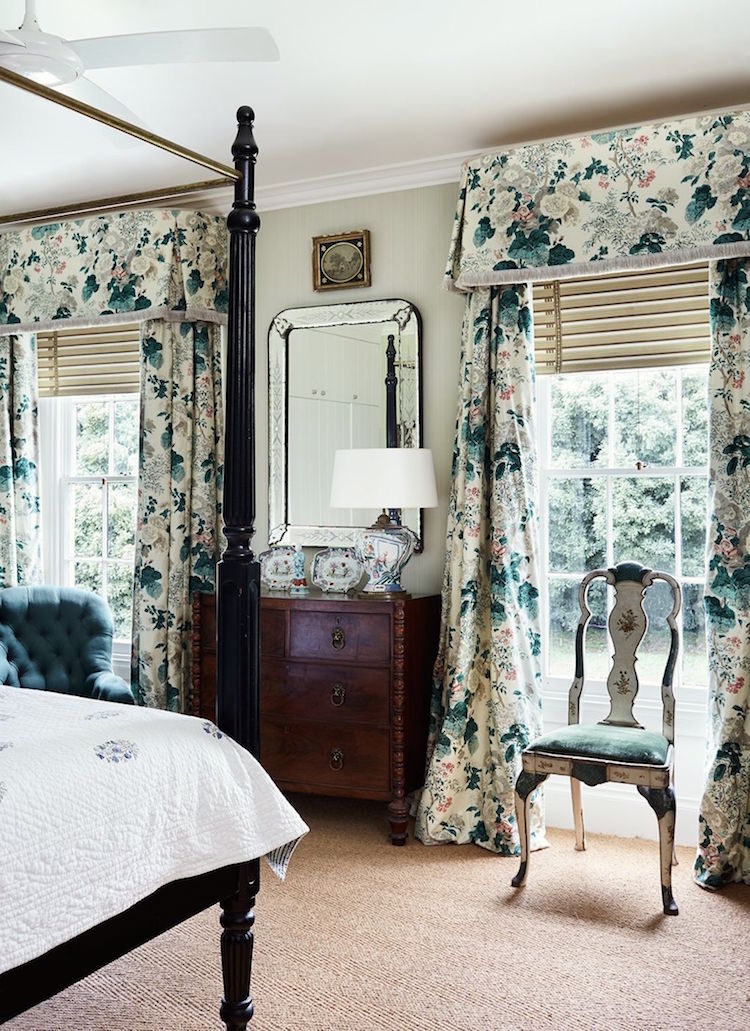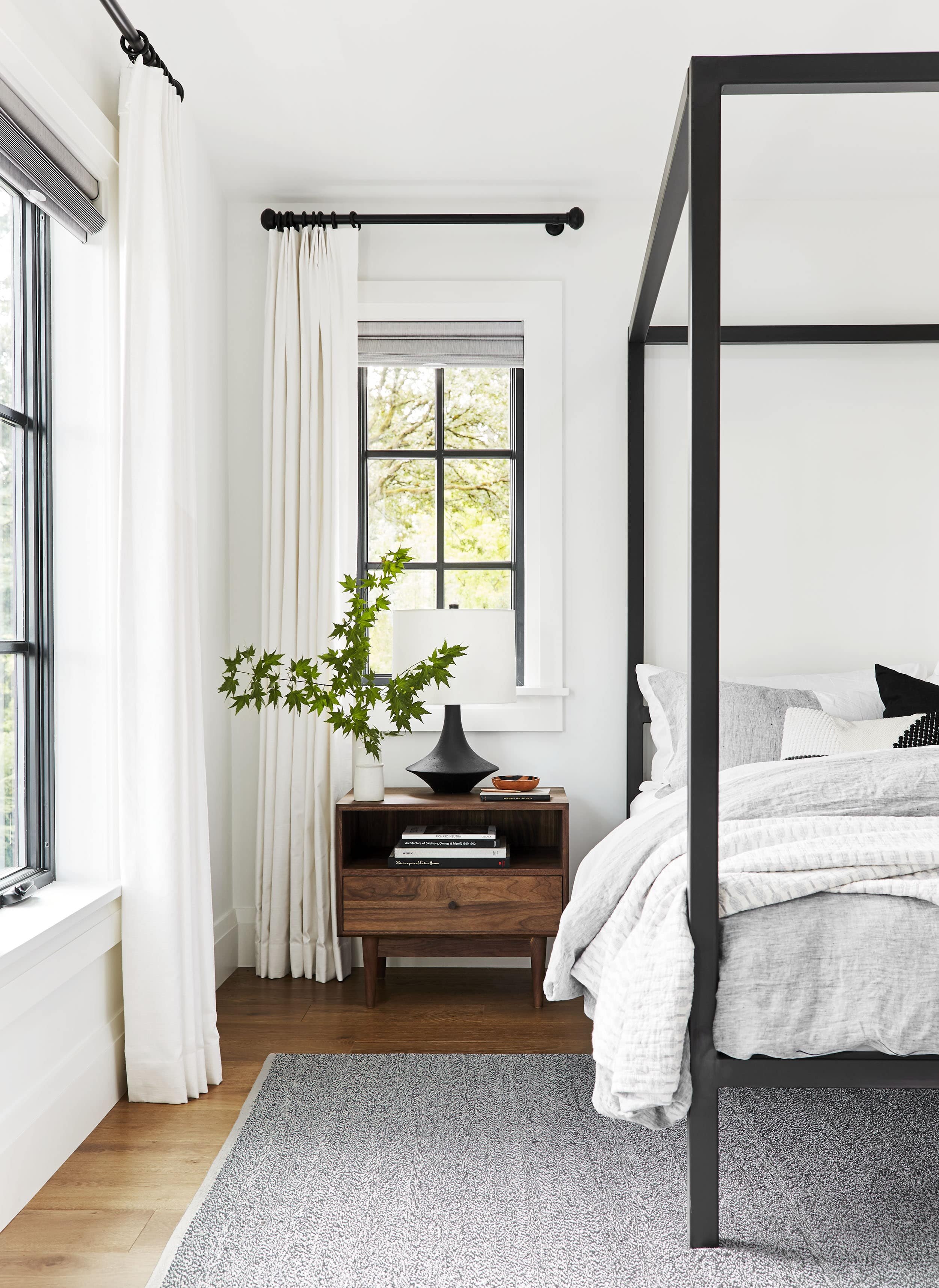The Ultimate Overview to Blinds: Types, Advantages, and Picking the Right Suitable For You
The world of home window therapies is huge and varied. Blinds can be found in many designs, each offering distinctive benefits for various settings. Understanding these alternatives is crucial for making notified decisions. In addition, elements like material option and room performance play a considerable duty. As one thinks about the best equilibrium between aesthetic appeals and functionality, the subtleties of measuring and preserving blinds also become crucial elements. What should one prioritize when picking the ideal home window option?
Types of Blinds: A Comprehensive Overview
Blinds work as both visual and useful elements in interior decoration, using numerous alternatives to match varied preferences and demands. Amongst one of the most preferred kinds are Venetian blinds, characterized by straight slats that can be adjusted for light control and privacy. Roller blinds, recognized for their simpleness and adaptability, come in a variety of products and patterns, making them suitable for contemporary and typical setups. Upright blinds, typically utilized for larger windows or gliding doors, enable easy adjustment and are frequently made from material or plastic.
Roman blinds, with their sophisticated folds up, add a touch of elegance to any space, while cellular tones supply insulation and energy effectiveness. In addition, bamboo blinds supply a natural, eco-friendly option, instilling spaces with warmth. Each type has special attributes and designs, ensuring home owners can discover the perfect suitable for their particular décor and practical demands.
Advantages of Setting Up Blinds in Your Home
The installment of blinds in a home offers numerous significant advantages. They provide enhanced privacy control, permitting homeowners to control visibility from the exterior. Furthermore, blinds add to power effectiveness by helping to take care of interior temperatures, decreasing the reliance on home heating and cooling down systems.
Boosted Privacy Control
Setting up blinds uses a significant advantage in privacy control when property owners look for to boost their living rooms. Blinds give a functional service for managing visibility from both the exterior and interior of the home. By adjusting the slats or elevating the blinds, people can conveniently manage the quantity of light going into while simultaneously obstructing the sight from outdoors. This adaptability enables home owners to develop a comfortable atmosphere without giving up all-natural light. Furthermore, different designs and materials are offered, ensuring that house owners can pick choices that perfectly blend with their design while improving privacy. Eventually, the setup of blinds functions as a reliable methods to protect individual room, encouraging relaxation and comfort within the home setting.
Power Performance Improvement
Setting up blinds not only improves personal privacy yet likewise substantially contributes to power performance in the home. By managing all-natural light and decreasing heat transfer, blinds can help preserve a constant indoor temperature. Throughout warmer months, shutting blinds can block out excessive sunlight, therefore decreasing the reliance on air conditioning. Conversely, in cooler months, they can offer insulation by capturing warmth, decreasing heating expenses. In addition, energy-efficient blinds, such as mobile tones, are made particularly to minimize power loss. By spending in quality blinds, home owners can develop an extra comfortable living environment while also lowering power expenses. Inevitably, the installation of blinds works as a useful option for those seeking to boost both convenience and power effectiveness in their homes.
How to Pick the Right Blinds for Each Area
Just how can one determine one of the most ideal blinds for each and every room in a home? The choice procedure begins with examining the room's purpose and atmosphere. As an example, in living areas, versatile blinds that allow light control while making certain privacy are perfect. In bedrooms, power outage blinds can boost sleep top quality by shutting out external light.
Bathroom and kitchens require moisture-resistant options to hold up against humidity, making plastic or synthetic timber blinds appropriate choices. Furthermore, the desired visual plays an important function; coordinating blinds with the area's decor enhances the general ambiance.
Consider the quantity of all-natural light each space gets; lighter blinds may be better for dark rooms, while darker alternatives can add heat to sunlit spaces. Ultimately, comprehending details requirements and preferences for performance and design will certainly direct homeowners in making educated choices customized to each room's unique demands.
Material Options: Timber, Vinyl, Fabric, and Much more

Wood Blinds Advantages
Wood blinds are a preferred option among home owners seeking a mix of aesthetic appeals and functionality. One significant advantage of wood blinds is their natural charm, supplying a cozy and welcoming appearance that improves any type of interior style. They are available in various surfaces and colors, allowing for modification to match individual design. In addition, wood blinds provide excellent light control and personal privacy, as their slats can be quickly changed to filter sunshine while keeping privacy. Their longevity is an additional benefit; with proper treatment, wood blinds can last for several years without shedding their charm (Phoenix blinds). In addition, they have shielding buildings, aiding to control indoor temperatures and possibly lowering energy expenses. In general, timber blinds combine style and usefulness, making them a suitable option for several houses
Plastic Toughness Includes
Vinyl blinds attract attention for their remarkable durability, making them a useful option for various settings. These blinds are immune to dampness, making them excellent for locations such as shower rooms and kitchens where humidity can be a problem. Unlike wood, vinyl does not warp, fracture, or discolor under sunlight, making sure lasting performance and very little upkeep. In addition, they are readily available in a selection of colors and designs, enabling house owners to customize their appearance without compromising durability. Plastic blinds are additionally easy to tidy; a straightforward clean with a wet fabric is often adequate to keep them looking fresh. Overall, their resilience and reduced upkeep make plastic a popular option among home owners seeking both functionality and visual charm.

Textile Choices Overview
Blinds are available in a variety of fabric alternatives that accommodate various visual and functional needs. Usual materials consist of textile, vinyl, and timber, each offering distinct advantages. Wood blinds give a timeless, warm visual and superb insulation however need maintenance to avoid warping. Plastic blinds are resilient and moisture-resistant, making them ideal for high-humidity locations like bathrooms and kitchens. Fabric blinds, readily available in countless shades and patterns, use versatility and gentleness, boosting home decoration while providing differing degrees of light filtration. Furthermore, choices like artificial wood offer the look of all-natural timber with added toughness. When selecting blinds, it is essential to review the details requirements of each room to ensure peak efficiency and design.
Gauging and Mounting Blinds: Tips for Success
Measuring and mounting blinds may seem simple, careful attention to detail is vital for achieving an excellent fit. It is crucial to determine the window framework precisely, noting both the width and elevation. For within installs, deduct a percentage from the width to guarantee a tidy fit, while outside places ought to extend beyond the frame for far better light control and visual appeals. Using a steel tape procedure is recommended for precision.
When setting up, collect all essential tools, such as a level, drill, and screws. Complying with the supplier's directions is critical to assure proper installation. It is suggested to pre-drill openings to stop harming the braces. In addition, having a second individual can make the process smoother, particularly when raising much heavier blinds. After installment, test the blinds to validate they run efficiently and readjust as necessary for optimum functionality.
Upkeep and Care for Durable Blinds
Proper upkeep and treatment can greatly expand the life expectancy of window coverings. Routine cleaning is necessary; making use of a soft towel or a microfiber duster can properly eliminate dust without scratching surface areas. For much deeper cleaning, a gentle service of soap and water is advised, used with a soft sponge, ensuring that no moisture leaks right into the devices.
For material blinds, spot cleaning is advisable, while wood blinds must be treated with a wood-safe cleaner to preserve their finish. Prevent subjecting callous too much moisture, heat, or direct sunshine, which can cause warping or fading.
Additionally, periodic evaluation of cords and mechanisms can protect against deterioration. It's smart to follow supplier guidelines for details materials, as different blinds may have one-of-a-kind treatment needs. By embracing these easy maintenance methods, house owners can ensure their blinds see post stay functional and aesthetically curtains for living room pleasing for many years to find.
Often Asked Questions
Can Blinds Assist Reduce Energy Expenses in My Home?
Blinds can efficiently minimize power expenses in a home by supplying insulation, obstructing warm during summer season, and retaining heat in winter season. Their ability to regulate light and air circulation improves energy performance throughout the year.
Exist Child-Safe Options for Blinds?
Yes, there are child-safe alternatives for blinds. These include cordless designs, retractable cords, and security tools that remove dangling cords, ensuring a safe and secure setting for youngsters while keeping functionality and visual appeal in homes.

Just How Do Blinds Contrast to Shades or drapes?
Blinds generally use a lot more exact light control and room effectiveness than drapes or shades. Phoenix drapes. They are typically easier to cleanse and keep, while curtains provide a softer visual, and tones can use differing insulation advantages
Can I Personalize the Design And Color of My Blinds?
Yes, blinds can be tailored in both shade and layout. Various makers provide a vast array of choices, allowing clients to pick products, patterns, and tones that fit their personal visual and home decoration.
What Is the Typical Lifespan of Different Kinds Of Blinds?
The ordinary life expectancy of blinds varies: timber blinds last 5-10 years, fake wood 7-10 years, light weight aluminum 5-10 years, and textile shades around 5 years, depending upon upkeep, direct exposure, and usage to sunlight.
Kitchens and bathrooms require moisture-resistant alternatives to endure humidity, making plastic or synthetic wood blinds ideal options. Timber blinds offer natural charm and warmth, while vinyl gives longevity and convenience of upkeep. One substantial benefit of timber blinds is their all-natural beauty, using a warm and welcoming appearance that boosts any kind of interior decoration. In addition, timber blinds give excellent light control and personal privacy, as their slats can be easily changed to filter sunlight while maintaining privacy. For textile blinds, spot cleaning is suggested, while wood blinds ought to be treated with a wood-safe cleaner to preserve their coating.